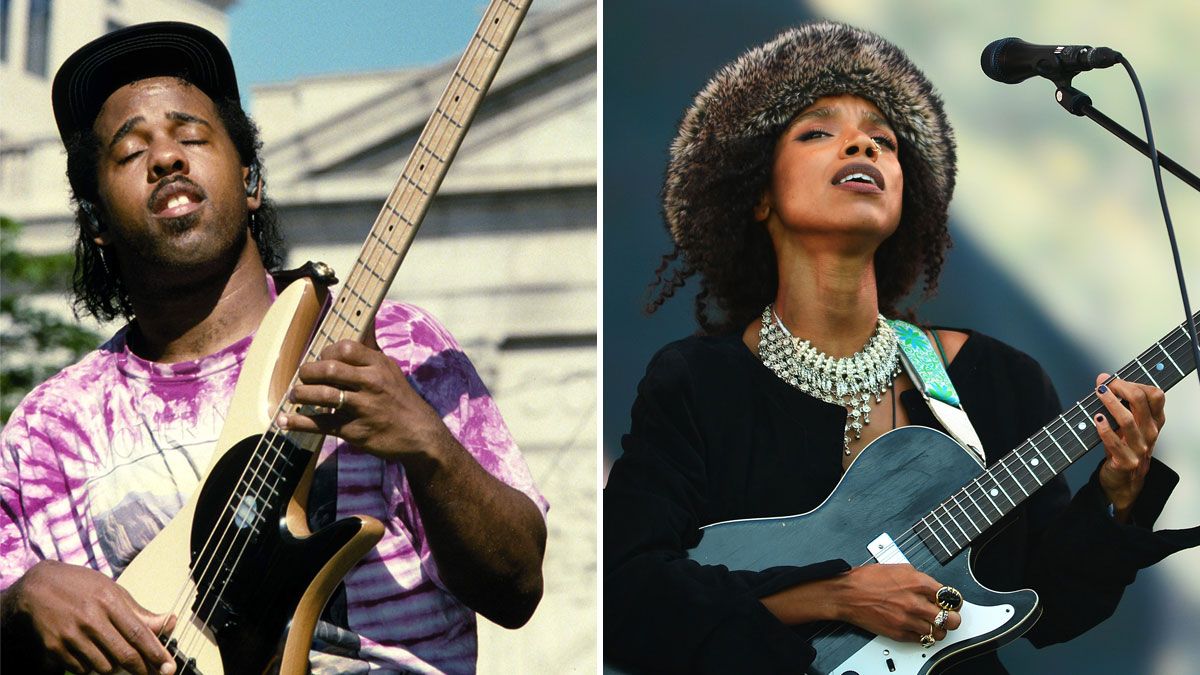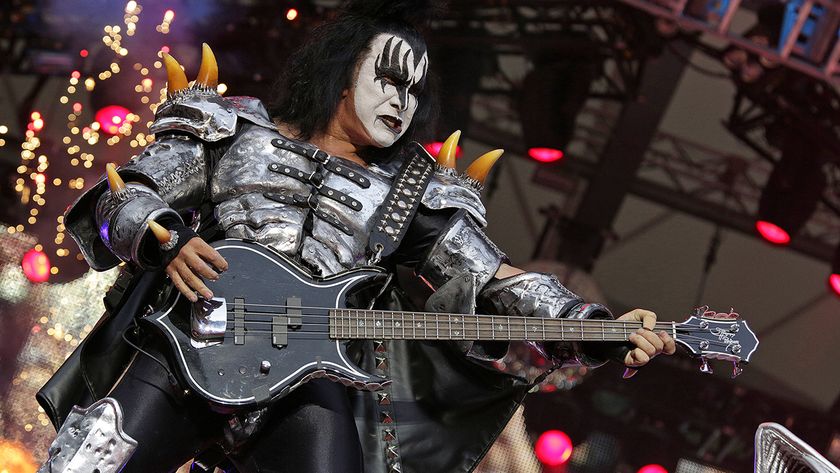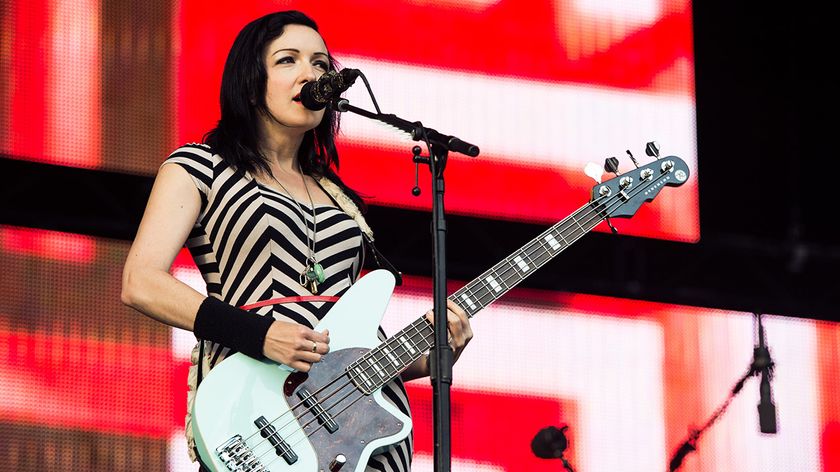How a Victor Wooten bass odyssey provided the unlikely inspiration for one of Lianne La Havas’ biggest hits
The bass virtuoso inspired the neo-soul artist and Prince collaborator to approach her trademark Harmony Stratotone in a whole new way

You never know where you might find inspiration as a guitar player – the most unlikely musical influences can seep into your brain, take up residence and find themselves expressed in a new way via the medium of fingers on fretboard.
That was certainly the case for Lianne La Havas. The UK neo-soul great already had a great ear for a tasty chord inversion, but it was learning a whole new guitar vocabulary that inspired her 2021 single – and one of her most-streamed tracks – Can’t Fight.
Back in an April 2021 episode of Hrishikesh Hirway’s excellent Song Exploder podcast, La Havas explained the song’s unlikely roots.
“The idea first came into my head about seven or eight years ago,” she relays. “My boyfriend at the time was a bass player and he was showing me all these videos of different bass players that he liked. And Victor Wooten came up, and this song he had called Me & My Bass Guitar.
“It's just the most amazing use of the bass. So basically my boyfriend was teaching me a version of it that could be played on guitar. So I was having loads of fun like playing the guitar in a new way.
“I remember just sitting alone, as I do in my house with a cup of tea and I just started playing a nice chord that I liked. But I had the muscle memory from learning this Victor Wooten piece. So then a sort of hammer-on, percussive riff started happening with the chord that I liked.”
The elastic riff loops throughout the track, and while it’s pretty far removed from Wooten’s four-string slap ’n’ pop masterclass, it retains his playful spirit and sense of groove. La Havas also makes it her own, dialing in a hollowed-out tone from her trademark Harmony Alden H45 Stratotone, complete with a gentle, shimmering vibrato on top.
Get The Pick Newsletter
All the latest guitar news, interviews, lessons, reviews, deals and more, direct to your inbox!
Yet the rest of the track took some time to form. It was years, in fact, before La Havas brought the idea to UK producer Mura Masa, who laid down the slinky Radiohead-esque bassline that ended up informing the direction of the rest of the track.
“When he did that it signaled what the rest of the chords should be, and that's what made it a verse,” she said. “It's as simple as that, because for seven years I had had that riff not knowing what to do with it, but as soon as you put a couple of bass notes on it, it turns it into another thing. So I was finally able to stand outside of it and work with it.”
The creation of Can’t Fight is a lesson in holding onto song ideas, no matter their origin or musical direction – you never know when they might find their place.
And, of course, it’s a reminder of how pushing your own abilities and incorporating these techniques into your own style can generate fresh perspectives on writing and performing.
“When I write a guitar part, it can't be anything that doesn't challenge me,” La Havas reflected. “Because I like feeling that challenge when I'm singing and playing. It kind of evokes writing in me. It makes me more likely to want to write something.”

Mike is Editor-in-Chief of GuitarWorld.com, in addition to being an offset fiend and recovering pedal addict. He has a master's degree in journalism from Cardiff University, and over a decade's experience writing and editing for guitar publications including MusicRadar, Total Guitar and Guitarist, as well as 20 years of recording and live experience in original and function bands. During his career, he has interviewed the likes of John Frusciante, Chris Cornell, Tom Morello, Matt Bellamy, Kirk Hammett, Jerry Cantrell, Joe Satriani, Tom DeLonge, Ed O'Brien, Polyphia, Tosin Abasi, Yvette Young and many more. In his free time, you'll find him making progressive instrumental rock under the nom de plume Maebe.

“You can set up amplifiers and drums to your heart’s content”: Gene Simmons defends paid roadie scheme

“I woke up to a DM from Shirley Manson asking if I'd be interested in the gig. We had never met”: Former Smashing Pumpkins bassist Nicole Fiorentino on how she landed her role in Garbage – with no audition










